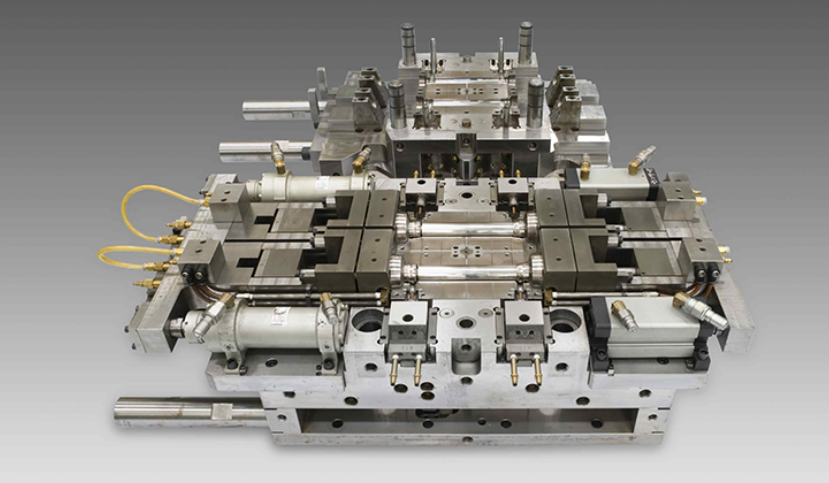Injection Molding for Automotive Parts: Manufacturing with Precision and Efficiency
Injection molding is a manufacturing process that is widely used in the automotive industry to shape parts with high precision and efficiency. It involves injecting a molten material, typically thermoplastics, into a mold cavity that is shaped according to the desired part geometry. The molten material then cools and solidifies, taking on the shape of the mold cavity. Injection molding is suitable for producing a wide variety of automotive parts, from small components like buttons and knobs to large parts like bumpers and dashboards.
One of the key advantages of injection molding is its ability to produce parts with high dimensional accuracy and consistency. The mold cavity is precisely machined to the desired shape, ensuring that each part produced is identical to the others. This makes injection molding ideal for producing parts that require tight tolerances, such as engine components and electrical connectors. Injection molding also allows for the creation of complex shapes and geometries that would be difficult or impossible to achieve with other manufacturing methods.
Another advantage of injection molding is its high production efficiency. Once the mold is set up, the process can be automated and run continuously, with parts being produced at a high rate. This makes injection molding ideal for high-volume production of automotive parts, where large quantities of identical parts are required. Injection molding also allows for the use of a wide range of materials, including engineering plastics that offer superior mechanical and thermal properties.

However, injection molding also has some limitations that must be considered. One of the main challenges is the high upfront cost of tooling, as the mold cavity must be precisely machined to the desired shape. This can make injection molding uneconomical for producing small quantities of parts or for parts that are likely to undergo design changes in the future. Injection molding also requires careful selection of materials and processing conditions, as the properties of the final part can be highly dependent on these factors.
Despite these challenges, injection molding remains a popular and highly effective manufacturing method for automotive parts. Its ability to produce parts with high precision and efficiency has made it an indispensable part of the automotive industry, from the production of small interior components to the manufacture of large exterior parts. With advances in materials and processing technology, injection molding is likely to continue to play an important role in the production of automotive parts for many years to come.
前:Injection Mold Design Engineering: Optimizing Manufacturing Processes and Product Quality
次: Manufacturing Components for Industrial Molding: A Comprehensive Guide
-
Injection Molding Parts: A Comprehensive Guide
2023-5-3
Injection molding is a versatile manufacturing process that can produce a wide range of plastic parts with high precisio...
詳細を見る -
Crate Mould manufacture: Crafting the Perfect Solution for Efficient Packaging
2023-8-12
Packaging plays a vital role in various industries, ensuring the safe transportation and storage of products. One popula...
詳細を見る -
Creating a High-Quality Plastic Fish Crate Mold: Tips and Techniques
2023-6-13
Plastic fish crates are an essential tool for any fishing operation, allowing fishermen to transport their catch safely ...
詳細を見る -
Designing a High-Quality Plastic Bottle Crate Mold manufacture for Efficient Production
2023-7-15
Introduction Plastic bottle crates are essential in the transportation and storage of bottles across various industries,...
詳細を見る -
Injection Moulding Machine Parts
2023-7-1
Injection moulding machines are widely used in the manufacturing industry for producing a variety of plastic products. T...
詳細を見る -
Plastic Molds: Essential Tools in Industrial Manufacturing
2024-10-19
Plastic molds play an important role as key equipment in the production of plastic products. The following is a detailed...
詳細を見る







